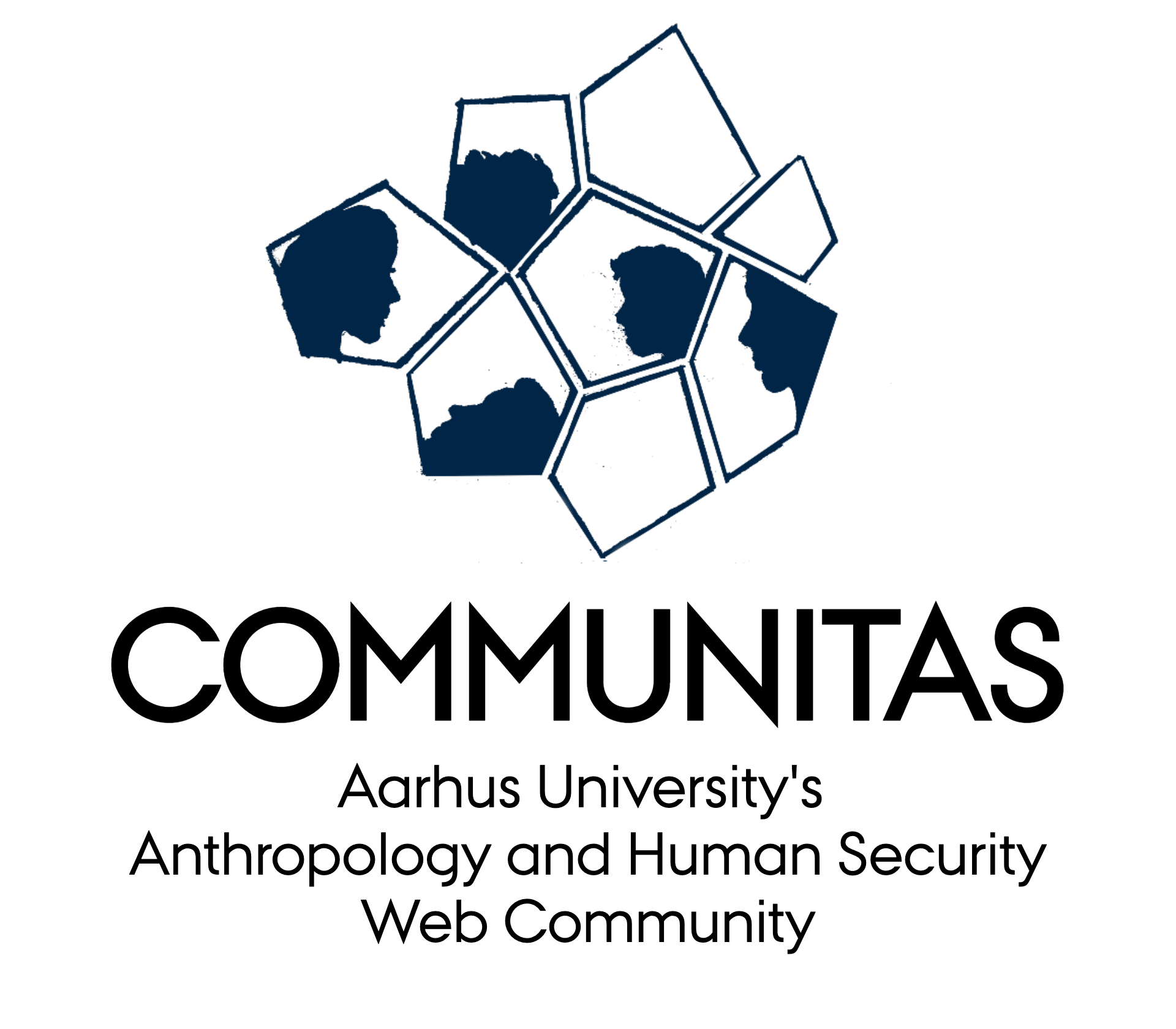First Encounter
In the summer of 2018, I was recruited as a research assistant on a 3-month project conducted in ‘Gellerupparken’ on the western outskirts of Aarhus, Denmark. Gellerupparken has been the centre for much attention during the last 10 years, both in Danish media, in political debates and among private investors. This is partly due to its formal political status as a ghetto, and partly because it is the site for the most ambitious urban development project in recent Danish history; involving local actors, residents, local politicians and entrepreneurs, as well as private investors and government officials, ranging all the way up to the Danish Prime Minister, Lars Løkke Rasmussen. It is a district that is bound up by a multitude of conflicting discourses, large sums of money, political agendas and the everyday life of those who consider it their home. Politically, this specific development project is the imagined precedent for future projects, principally by ameliorating areas that have been given the status of ghetto.
The Project
The research project I worked for was funded by Brabrand Housing Association (Brabrand Boligforening) and Landsbyggefonden, and carried out by the consulting firm, AnthroSmart. The aim of the project was to provide Brabrand Housing Association and Landsbyggefonden with anthropological insights about the experiences of residents having been affected by the physical changes, both directly and indirectly in order to make the proprietor better equipped and knowledgeable about potential and future challenges. One specific building was selected as the main fieldsite by Brabrand Housing Association and Landsbyggefonden since it was here that their initiatives, ideas and projects of change were initially tried out. The investigation was divided into three sections. Firstly, the everyday experiences of residents. We interviewed at least one member from almost every household in the building, listened to their interpretations of the situation and how they felt affected by the development project, e.g regarding the relationship between the visions of the developers and those of the residents. Secondly, we interviewed several investors, asking them about their interest and motives for financially investing in this area. Thirdly, we conducted a comprehensive media analysis, investigating the development of the media rhetoric applied in respect to Gellerupparken and the district’s image. Through ethnographic explorations we found that our fieldsite consisted of a larger matrix of smaller fields, all of which were interrelated through locale, circumstances and a sense of belonging. At the same time, these smaller fields appeared completely separated by architecture, language, different world-systems etc. American anthropologist, George Marcus, coined the term multi-sited fieldwork (Marcus 1995), and following his footsteps we approached every household as its own particular field, embedded in a larger whole. Each new doorstep came to represent a portal, a pathway leading into an ever changing uniqueness linked to the specific home and its residents. At the same time each home appeared as a clear representation of the surrounding neighbourhood, each informant expressing a conscious relatedness to the adjacent apartments, people and the district as a whole.
Small Places, Large and Complicated Questions
Urban development often seems to constitute an opaque transformation; both in respect to the people whose everyday life is affected, and the physical changes of spaces and places, slowly reshaping the urban landscape. Miscommunications, complicated world-systems and us-and-them dichotomies – just to name a few – all contribute to making such changes cumbersome, and at times the process seems to be approaching the impossible. At the same time, urban development is often a very conspicuous and intrusive process, both visually, physically and to some even emotionally. This can be said especially about urban development projects that interrupt the everyday. This is no less true in areas denoted by politicians as ghettos. In addition to the invasion of machinery, blueprints and builders, in such areas you also have people who already feel isolated and marginalised in a broader sense, often both regionally and nationally. This raises a line of questions: How do different perspectives, people and points-of-interests engage in a fruitful dialogue? How is it possible to meet the desire of both tenants, developers and investors at the same time, and in the same place? In what ways are these challenges conceptualised and dealt with by the broader population and the media? And how can further marginalisation or alienation be prevented?
These are arguably very big questions, that have no unequivocal answer. In addition to this, the particularities and characteristics associated with the specific locale in which such questions are raised, are bound up in a very specific context. Understanding that context is key in understanding the questions. Thus, helping us in our attempt to answer them.
Kenni Hede – Ba Anthropology, 3. semester.
Literature
Marcus, George E. 1995. Ethnography in/of the Worldsystem: The Emergence of a Multi-Sited Ethnography. Annual Review of Anthropology 24: 95-117.

